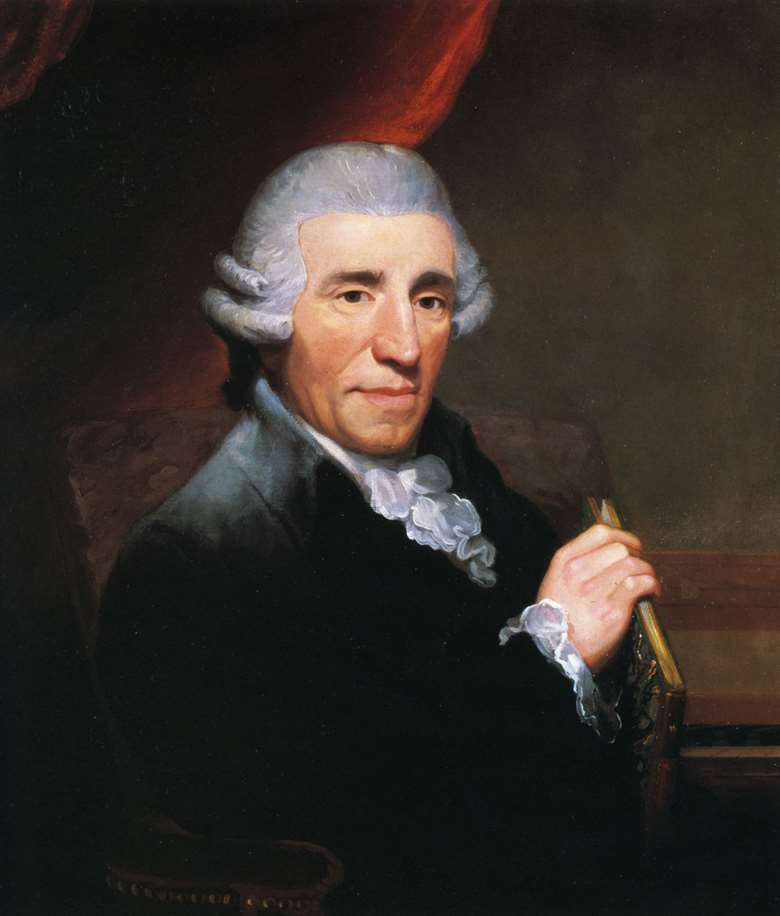The greatest recordings of Haydn’s ‘Clock’ Symphony
Richard Wigmore
Thursday, May 23, 2024
Haydn’s Symphony No 101 caused a sensation when it was unveiled in London in 1794. Richard Wigmore selects his favourites among the many recordings of this irresistible work

Register now to continue reading
Thanks for exploring the Gramophone website. Sign up for a free account today to enjoy the following benefits:
- Free access to 3 subscriber-only articles per month
- Unlimited access to our news, podcasts and awards pages
- Free weekly email newsletter







